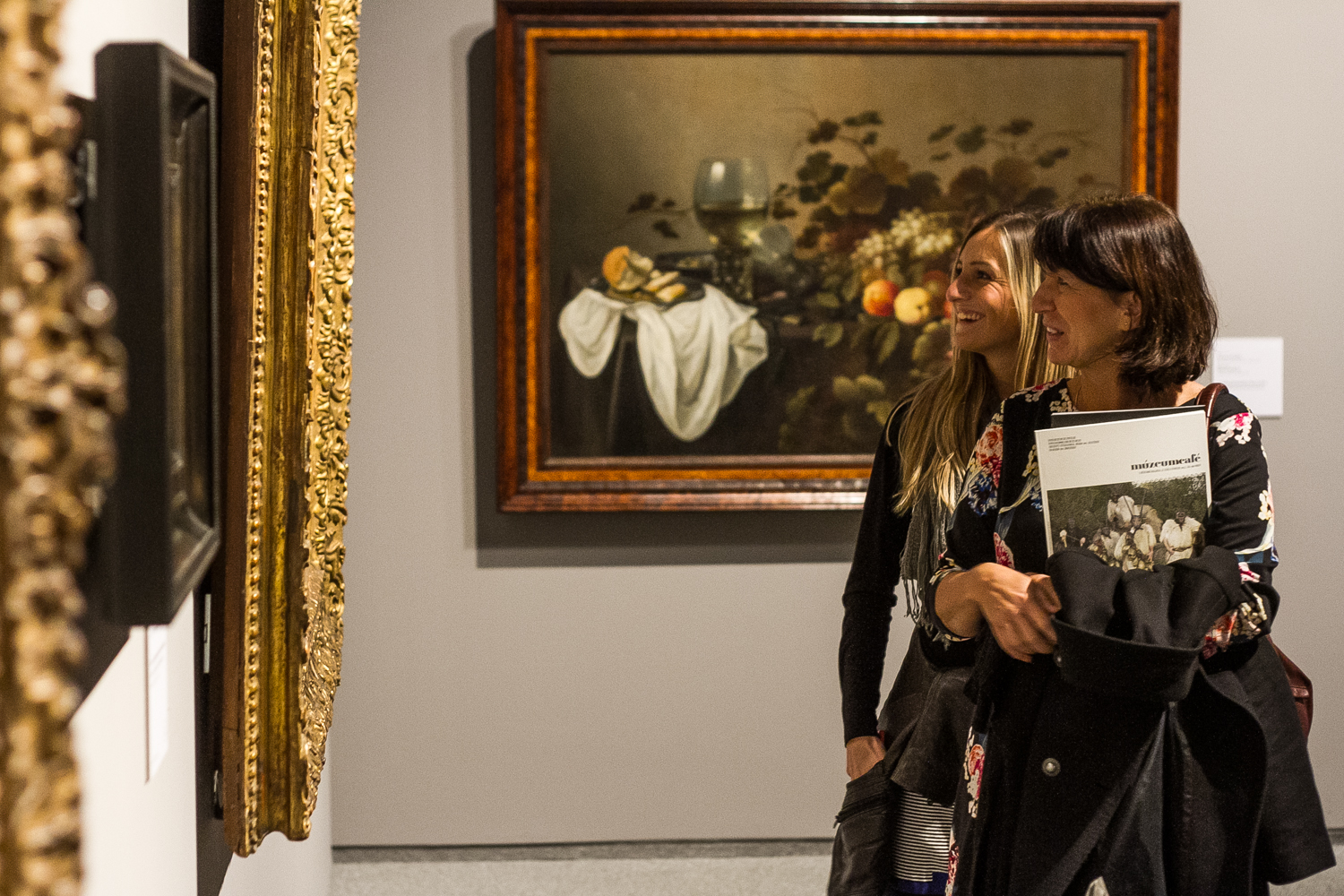The small coastal country underwent a number of far-reaching political, social and economic changes in just a few decades during the 17th century. Through a war of independence, the Netherlands got rid of Habsburg domination, then gradually conquered the world’s seas with their scientific discoveries and military successes, and its cities developed rapidly. The first section of the Rembrandt and the Dutch Golden Age (“Rembrandt és a holland arany évszázad festészete”) exhibition serves as an introduction to this period.
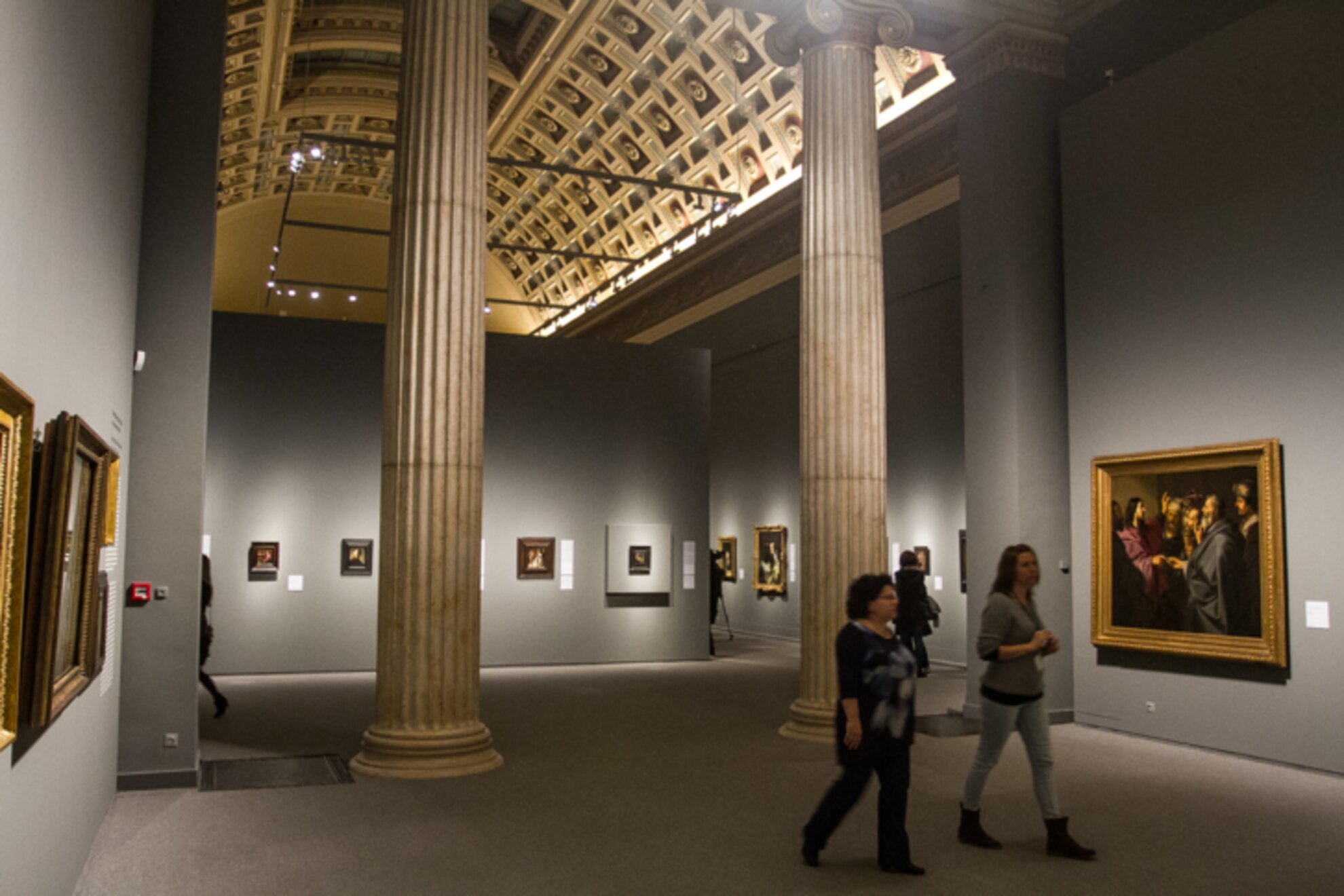
In the subsequent sections, we can learn about Dutch society. The vast majority of the country’s citizens – as a sign of their opposition to the Catholic Habsburgs – chose the Calvinist doctrine. There were a number of social impacts - the most outstanding of which is that during that era the increasingly affluent artisans, merchants and entrepreneurs became frequent customers or employers of artists. Among other things, the Dutch masters perfected the portrait.
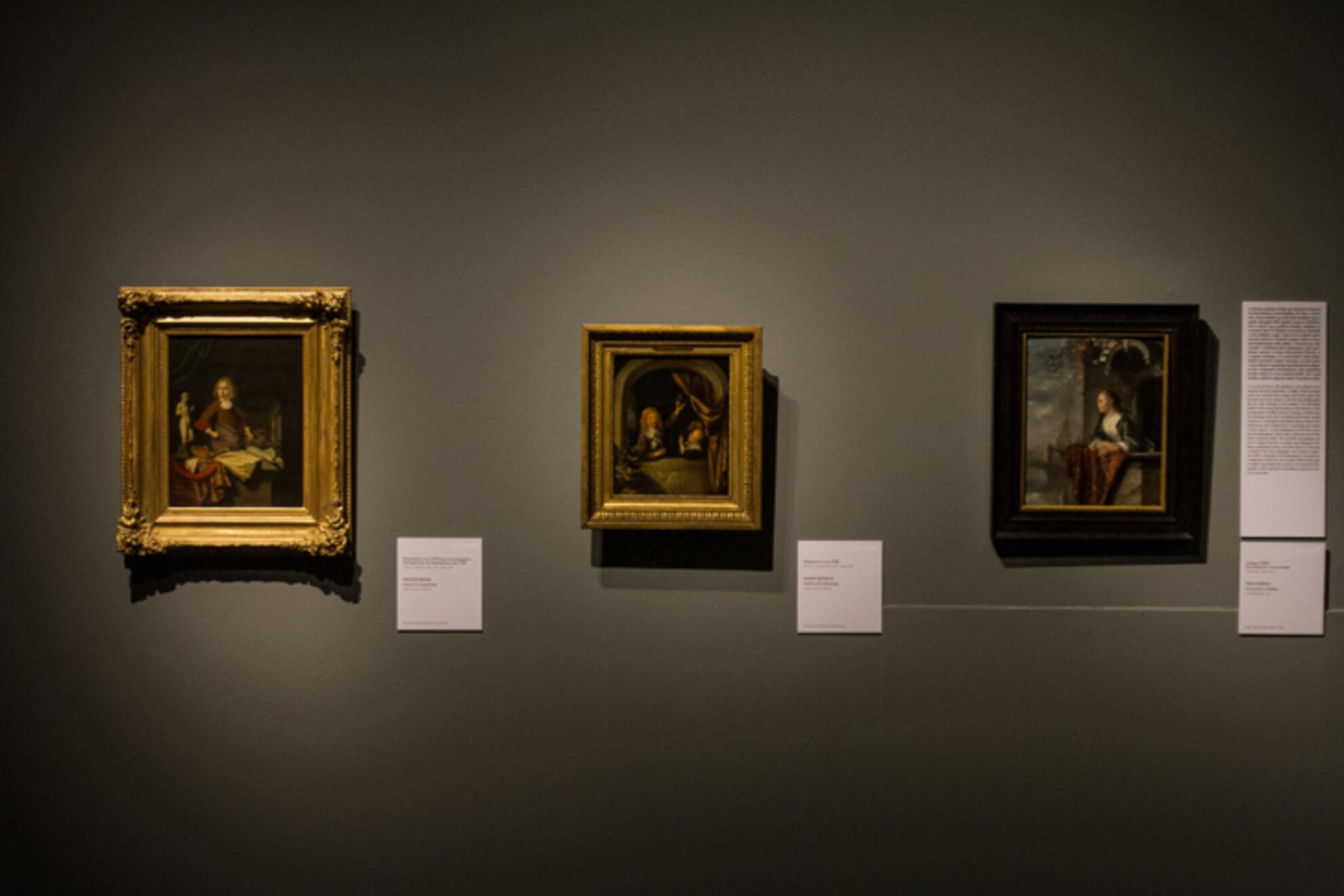
While new genres emerged, another important element was the Protestant work ethic that had led to growing wealth. Increasingly art was used to portray this better lifestyle. The Calvinist entrepreneurs were the economic engine of the country, and rejected waste. We can learn more about this in the second, third and fourth sections of the exhibition.
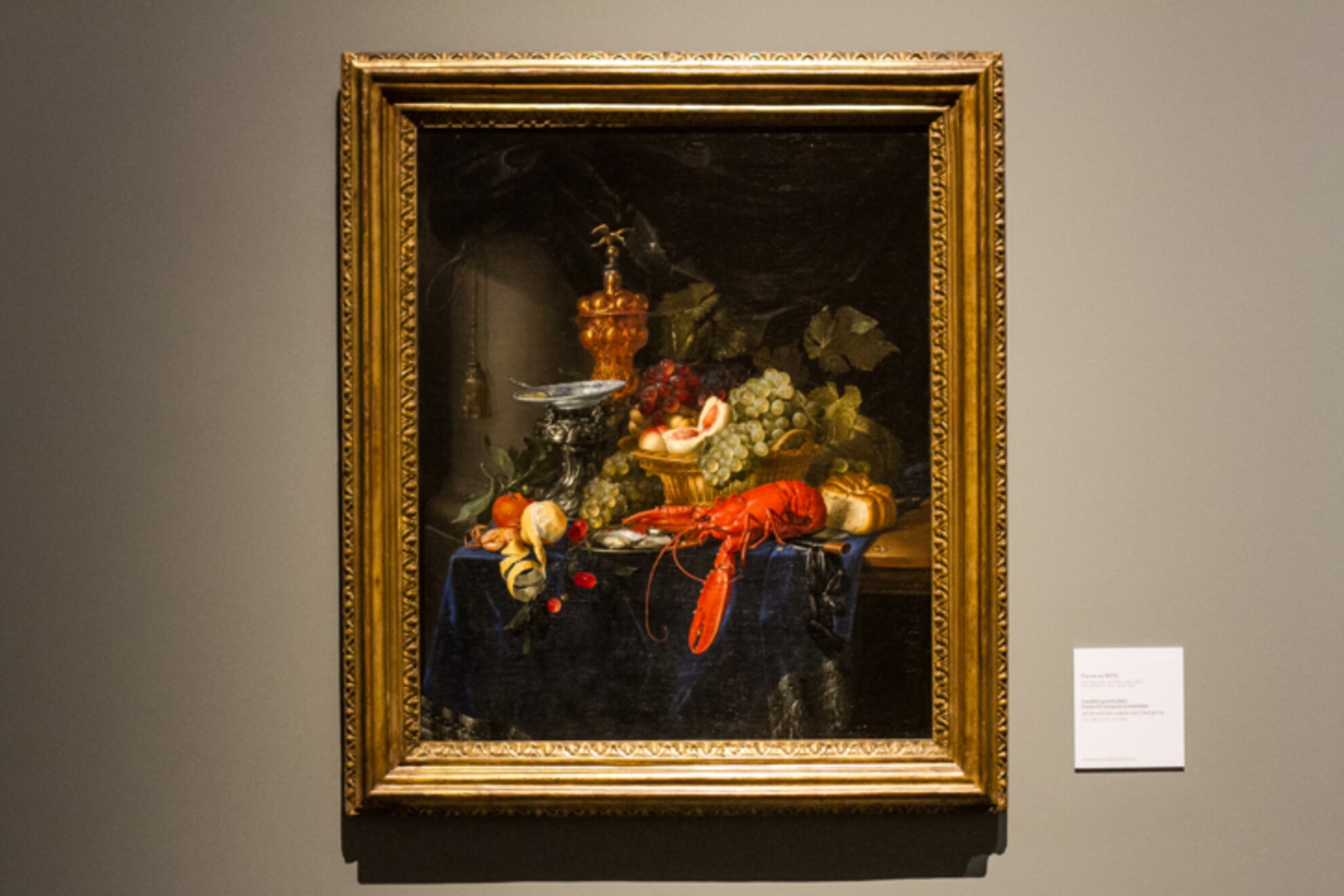
The fifth section focuses on the works of Rembrandt and his impact on his contemporaries. The sixth section reflects on city life and urbanisation, with the paintings of Vermeer the focus. We only know of 38 works by the painter, of which three significant paintings can be seen in Budapest right now.
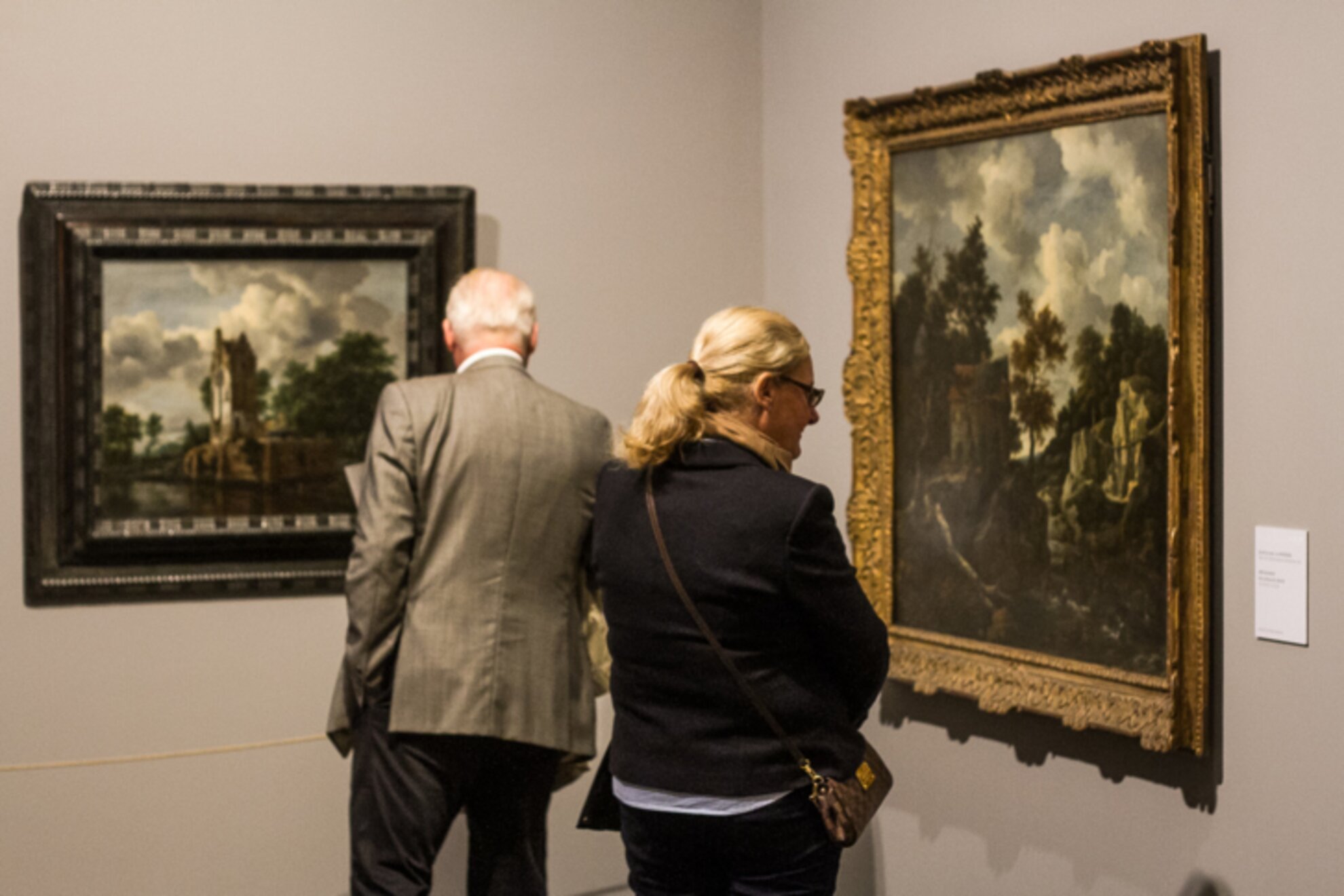
The landscape paintings of the final section are built around the significant collection of the Museum of Fine Arts and highlight the impact the country’s painters had on realist landscape painting.The seven-part exhibition ends with the contemporary artwork of Péter Forgács, titled Rembrandt-morfok ("Rembrandt morphed" in English), which shows 37 famous portraits of the Dutch master processed in a rather spectacular way.
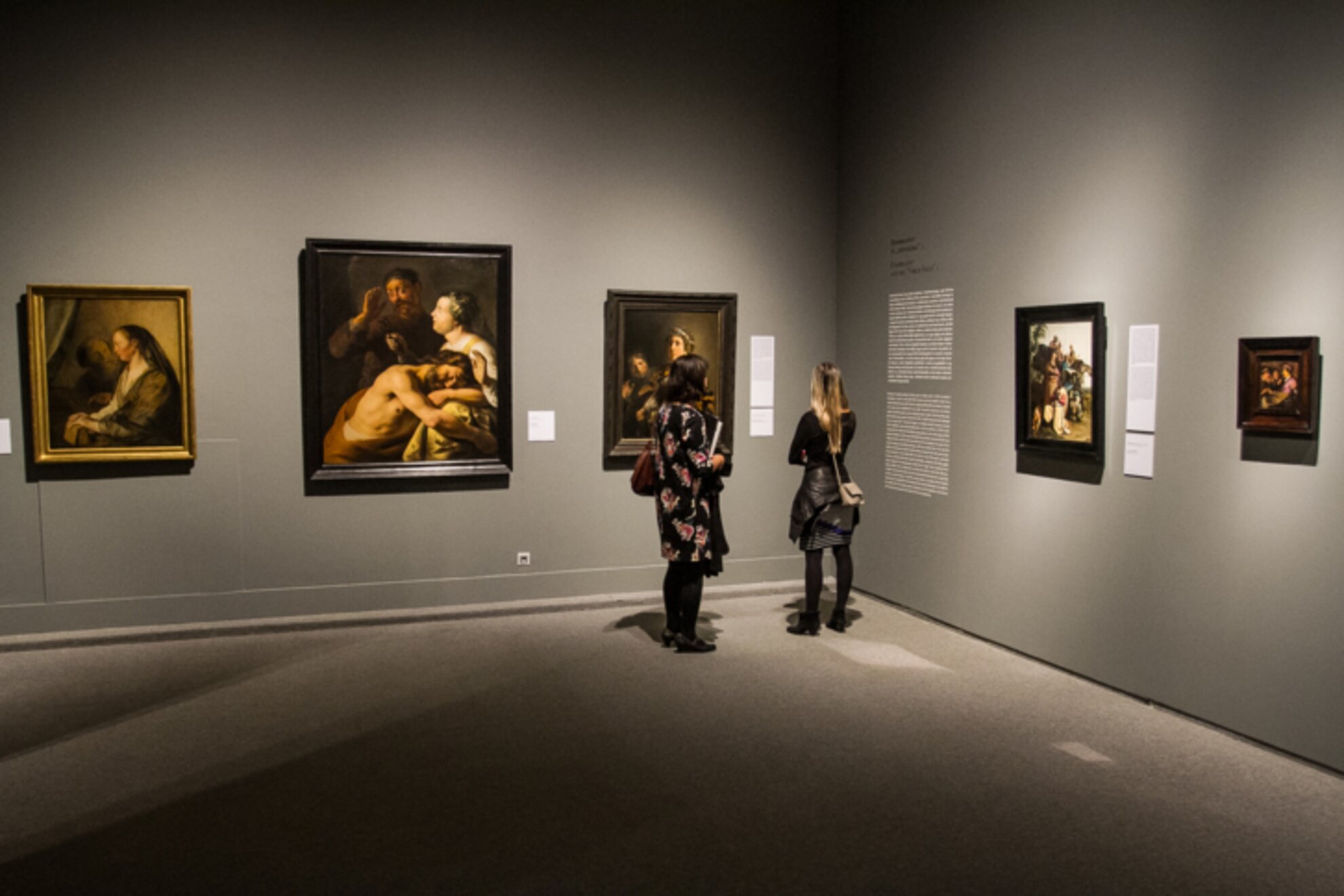
At this grand exhibition three are a total of 178 works by 100 artists, which were lent to the Museum of Fine Arts by the world's most prominent private collectors and museums, including New York’s Metropolitan, Paris’ Louvre, London’s NationalGallery, Florence’s Uffizi and Madrid’s Prado. Acquiring twenty artworks by Rembrandt – including his earliest known painting and last self-portrait is a great thing in itself. Some museum directors would most likely trade anything for the three Vermeer paintings, as well, since these works are very difficult to borrow. This achievement is thanks to museum director László Baán and curator Ildikó Ember, who are internationally recognised researchers of the 17th century.
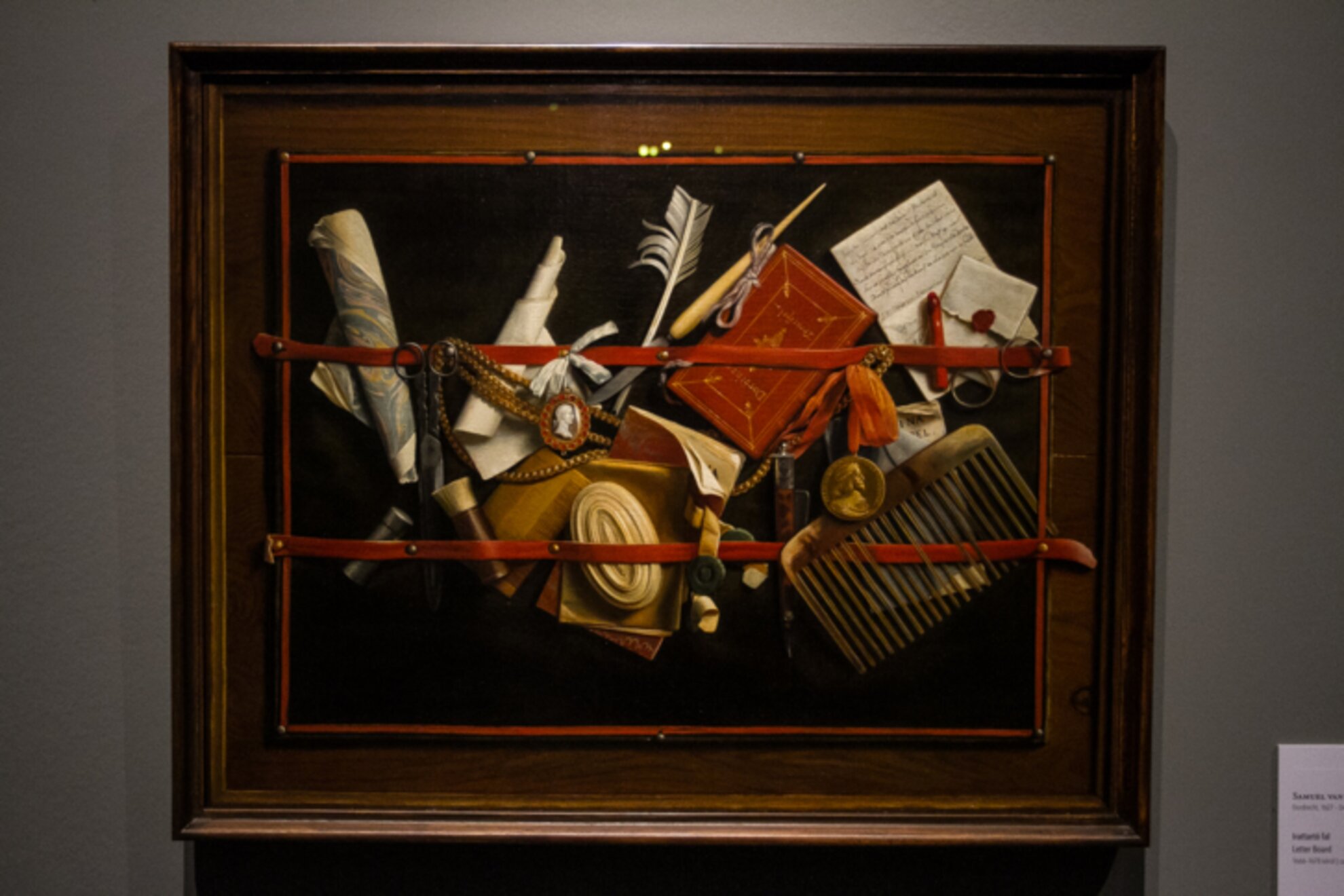
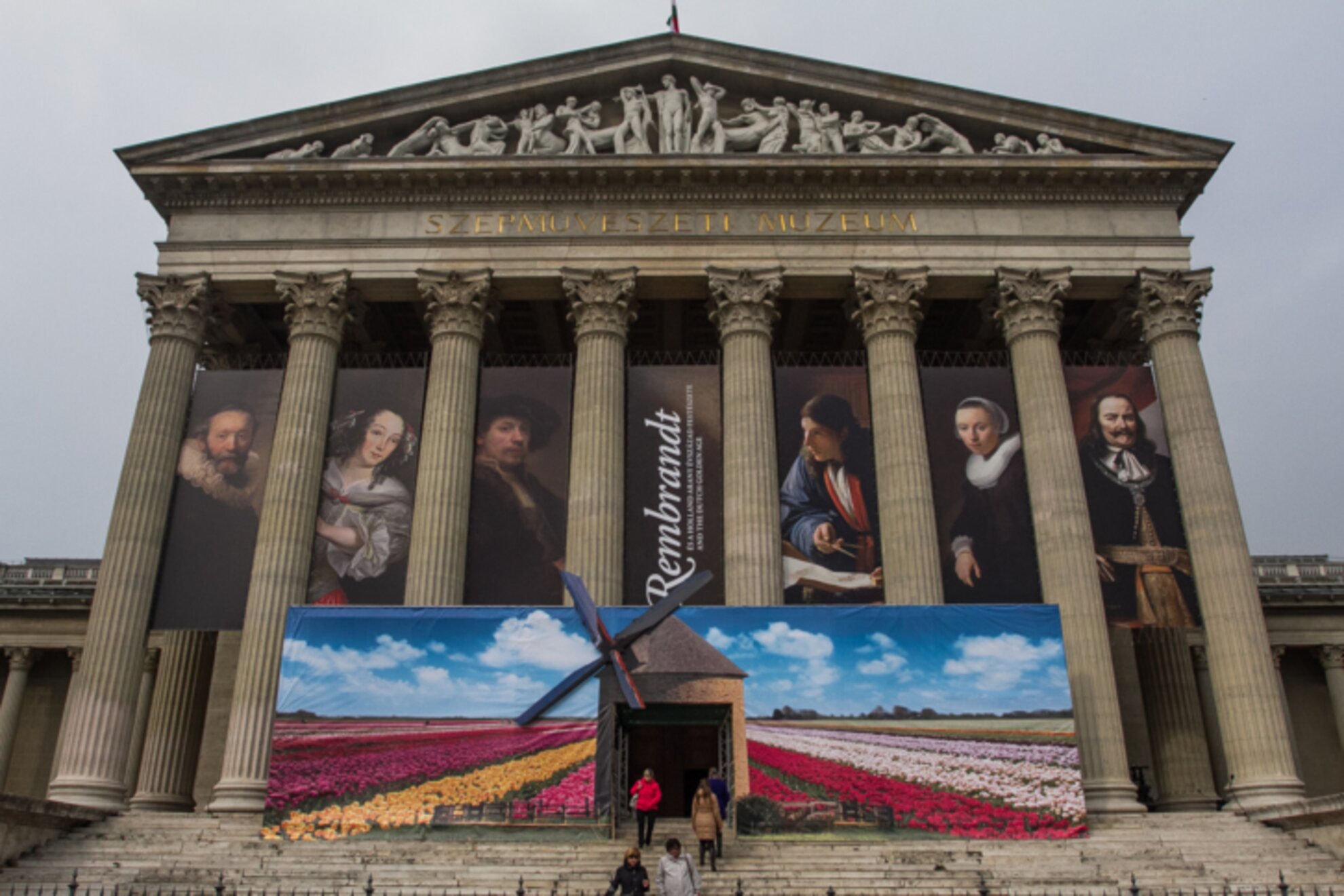
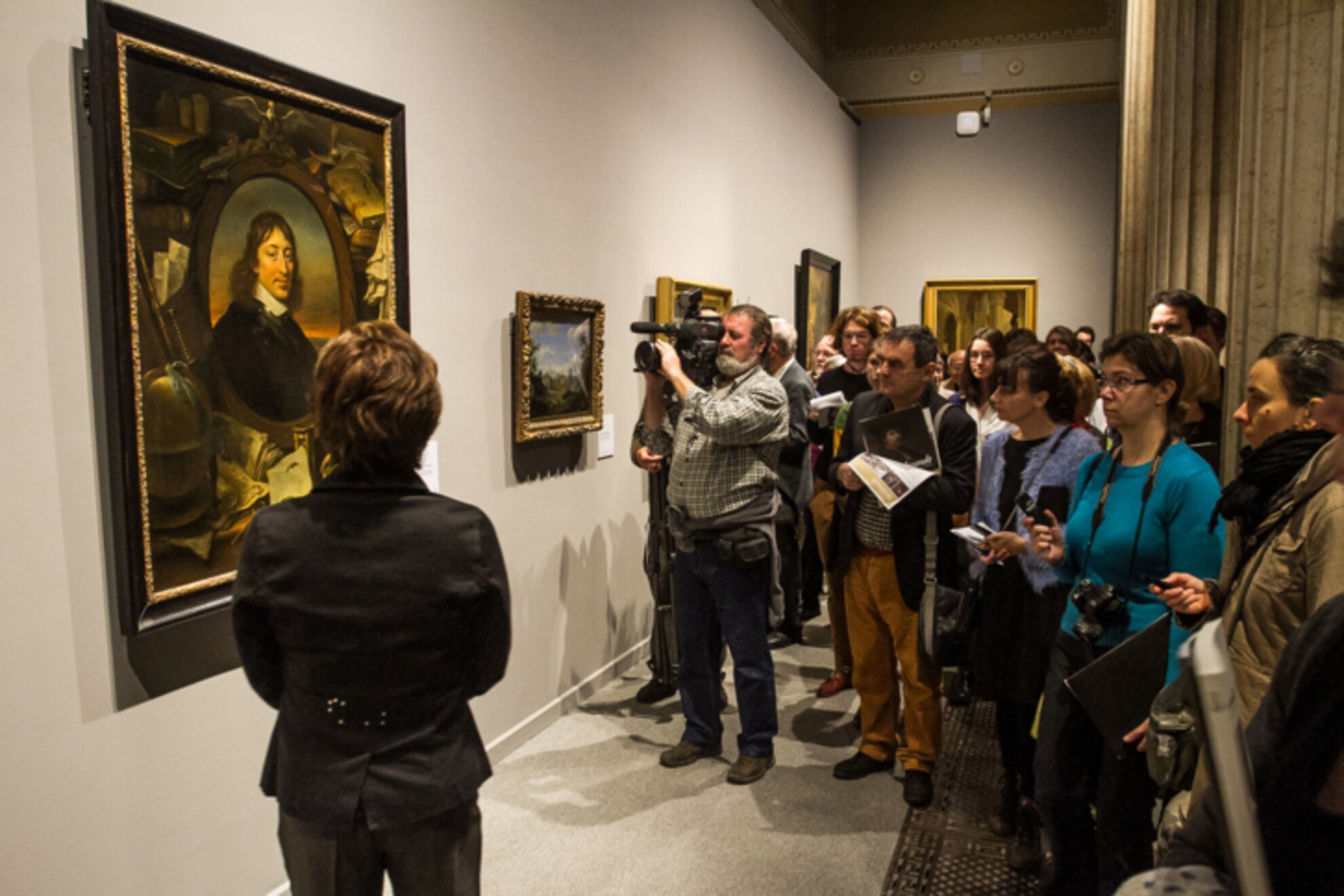
After this exhibition the museum will close for a huge, three-year reconstruction, after which it will await visitors with new spaces that have been abandoned and off-limits since World War II. It is no exaggeration to say that after this renovation, the building itself will make Budapest's Museum of Fine Arts one of the greatest museums in the world.
